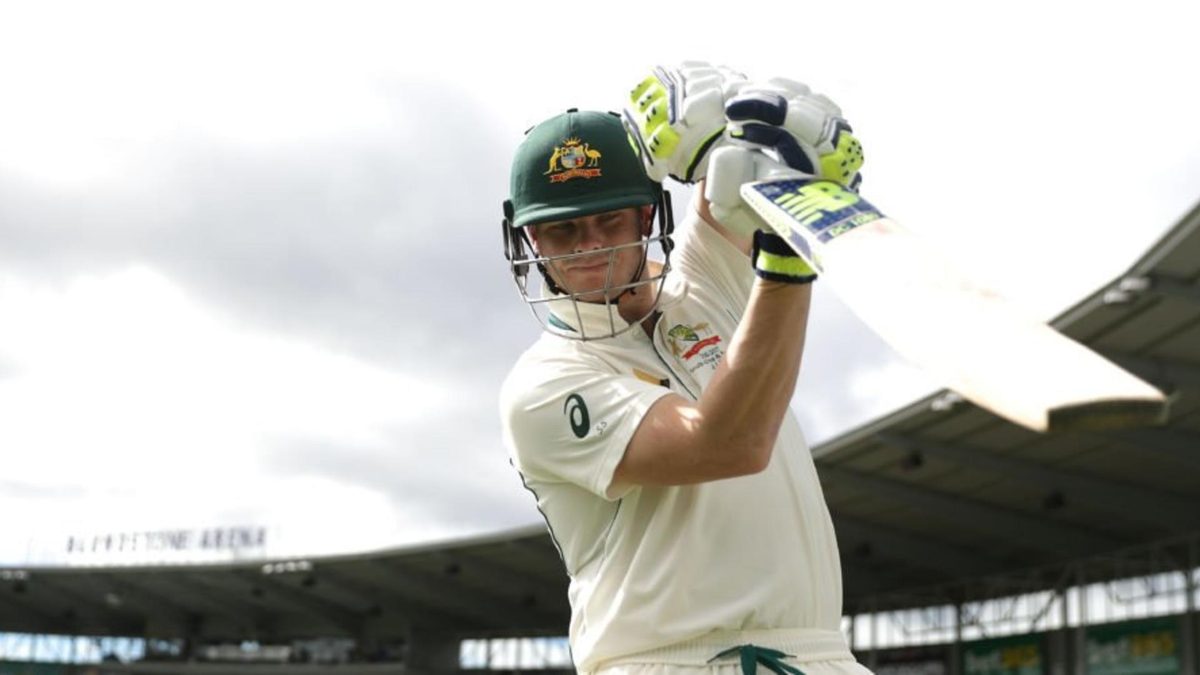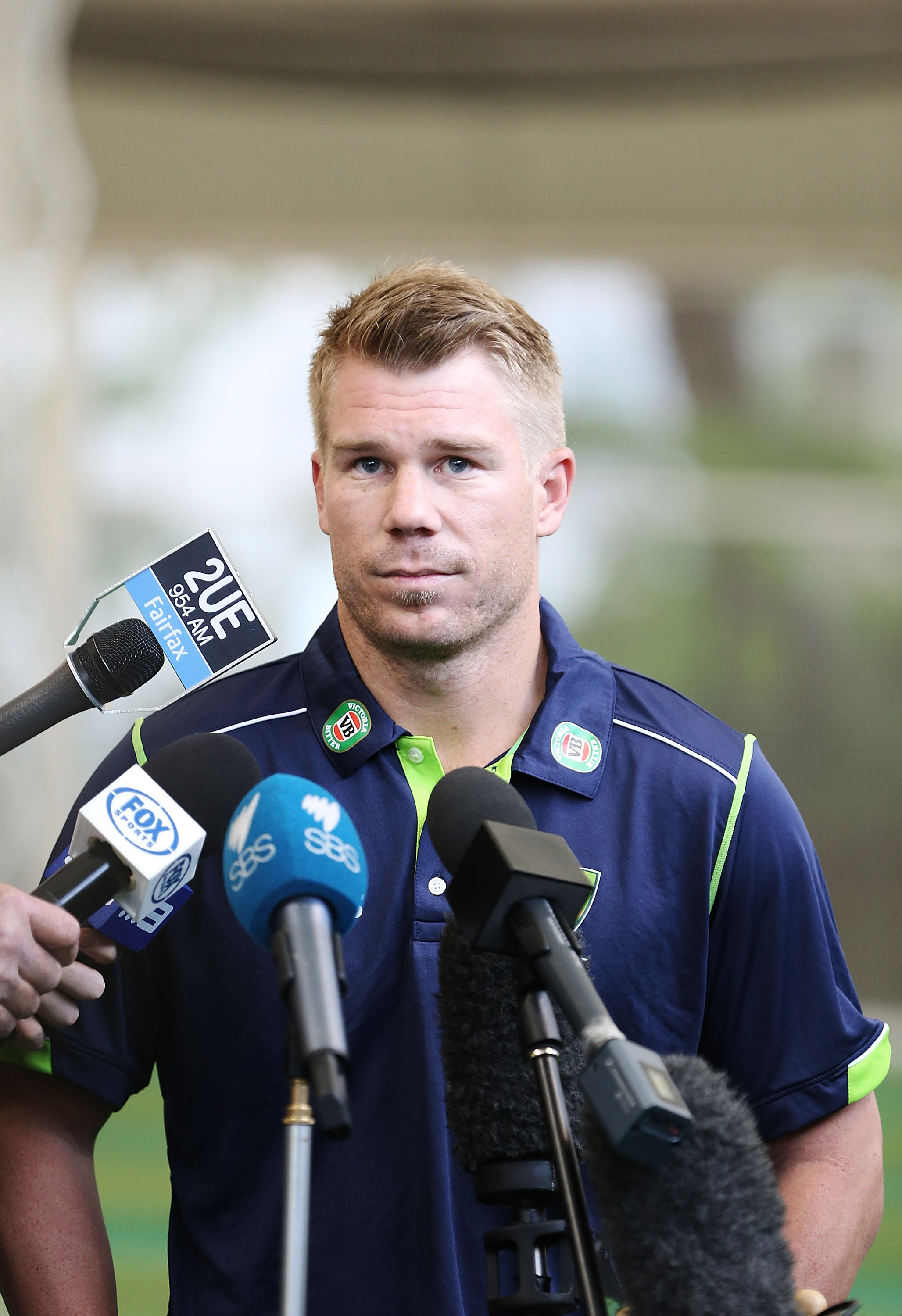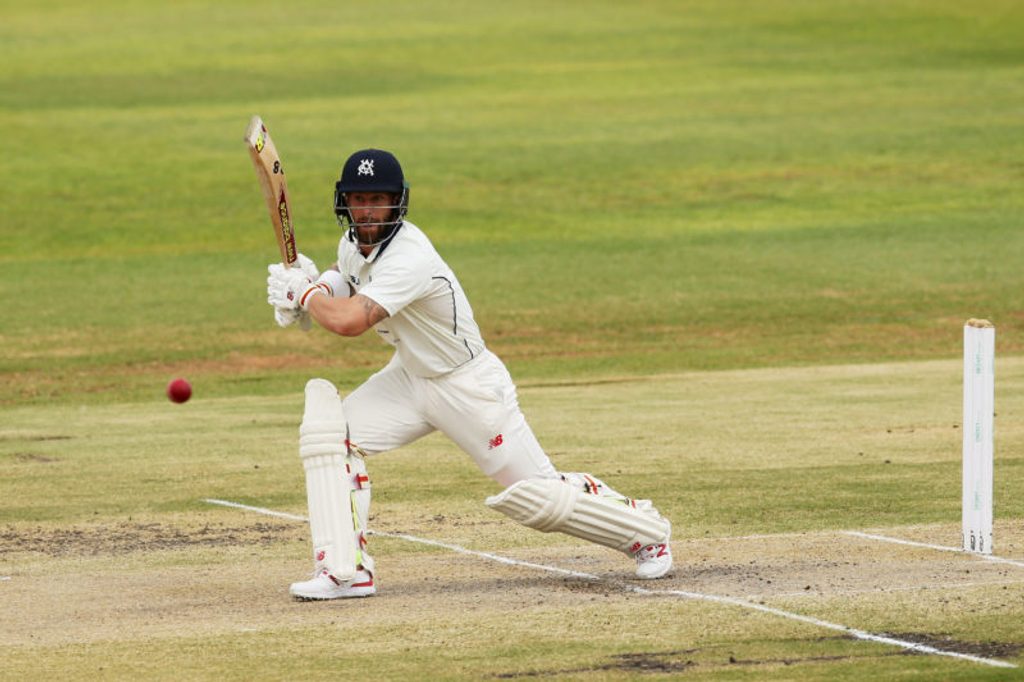
Five Test defeats on the bounce, selection chaos, resignations and a whole raft of new faces, Australian cricket is facing its biggest crisis in living memory. Adam Collins, who has seen Steve Smith’s team unravel first hand, urges the new breed to detach themselves from the myths of the past and forge their own identity.
We’re conditioned to trust history. Taught that to ignore it ensures repeating its errors. In moments of difficulty, looking backwards is logical to inform a future solution.
Australian cricket has a problem. A Test side that keeps collapsing, keeps losing. Five times on the spin at time of writing, crashing from the top of the ICC rankings to their lowest ebb in three decades. History is naturally mined in the urgency to seek repair.
This has its risks, too. Instead of being a filter for what to avoid, history can become a template to be mindlessly followed. The political discourse of the day refers to ‘post-truth’ as a new concept, but really history has always been subjective, a range of ideas and delusions that are products of time and circumstances. The story of Australian cricket is as constructed and contested as any that spans centuries.
Too much staring at a mythologised past risks embarking on a regressive future
During the last two decades Australians grew comfortable with the idea that their cricketers are the best in the world, then were confronted as that started to change. The last five years have involved a lot of searching for why the local game changed, and to again refer to current political phrasing, how to make it great again. But as it is for those who’ve taken up that slogan in the United States, too much staring at a mythologised past risks embarking on a regressive future.
After South Africa crushed Australia in Hobart, ‘80s batting tough-guy Dean Jones synthesised the thinking. Badged as a memo for Steve Smith, his column rattled off a list of requirements. Players should sledge more and harder. Bowlers shouldn’t check on batsmen they’ve hit. Smith should get drunk with former captains. Partners should be banned from touring for the next month. There was more, but you get the picture. The tabloids followed a similar line, saying the Australian side should be readied for – wait for it – “trench warfare”.
But angst-riddled retrofitting of the good old days is little more than pantomime in search of panacea. It is unsophisticated analysis that can be stripped back even further: that if players showed a bit more machismo, were a bit hairier, inflicted a bit more violence, everything would turn around.

This simplistic and populist take is so prevalent around Australian cricket that it’s understandable Smith himself turned to it when his side was thrashed three-nil in Sri Lanka. Lamenting unnamed “quiet characters”, he wanted the “old Australian way of puffing your chest out and making your presence felt.”
What that fabled ‘Australian way’ ignores is whether the unreconstructed aggression of earlier times was a cause of success or simply correlation. It discounts significant strategic advantages like the national cricket academy introduced before the rest of the world caught up, as well as other teams that achieved dominance without the same unpleasantness on field. In essence, it selectively ignores history.
Of course it is sound to want fragility eliminated from a side playing a sport as mentally taxing as Test cricket, while better understanding the capitulations that have brought on this current crisis. But reducing this to a lazy referendum on masculinity sells us short, kicking the caricature down the road to trip up another generation.
What that fabled ‘Australian way’ ignores is whether the unreconstructed aggression of earlier times was a cause of success or simply correlation
Australia’s squad for Adelaide contains four new players, three of them aged 20, 24 and 25. They didn’t grow up with Jones in Madras, they were raised on Michael Clarke and Mitchell Johnson. The former was tough as they come with bat in hand, yet derided for pretty much everything else, in no small part for not meeting the man’s man norm of previous generations. The latter’s fragile confidence in the low periods was as much his trademark as his handlebar moustache in the high.
The oldest member of the team as it stands is David Warner. As far as personal journeys go, his is as significant as any. Warner was the menace who clattered bowlers, threw punches and howled on-field like a wild dog. He’s now given up the booze, shunned his role leading the canine pack, and hands out life advice to those who’ll listen. Teammates only half-jokingly called him The Reverend.
The point is that all these players are sensitive in peculiar ways, but vulnerability wasn’t incompatible with playing prowess. Why should the next generation feel obliged to honour a lore foisted upon them about what is expected once you wear the baggy green?
A new method of inclusivity, rather than a reflex lurch towards an imagined legacy, might be the true way to make something great again
In 2015 the same principles were shouted from the rooftops; they were going to tear those English softies the proverbial new one. But from an opposition perspective, composure in response to the old Australian routine brings its own strength. It was instructive that Kepler Wessels lined up Smith’s side after the five-nil ODI drubbing this October, not for weak play but their weak attempts to sledge.
Renowned Australian batting coach Trent Woodhill took to Twitter, observing that a “fascination with playing a noisy, aggressive cricket as some sort of testament to the past is preventing growth.” He added later: “We need to get away from this mentality of ‘we’ve all played the game, you’ve got to be tougher, you’ve got to be harder, you’ve got be noisier, you’ve got to be louder’, because it’s basically bullshit.”
This October, the coronial inquest into Phillip Hughes’ death heard that Doug Bollinger had told Hughes during that match that he would kill him. Many of us instinctively defended the bowler, because so many of us have been Bollinger. The incident reflected something familiar, because at any level Australian cricket involves that kind of harshness. The bottom tier of the worst park comp can still has it. It never means that anyone ever actually wants anyone else to be harmed, but the excesses are expected and indulged. Little wonder that the coroner’s final remarks asked why “such a beautiful came would need such an ugly underside.”
 Matt Wade was added to bring a more combative attitude
Matt Wade was added to bring a more combative attitude
At the time of that tragedy, there was a renewed coherence about the idea of bravery. Namely that any player who even walks to the middle at the elite level has it in spades. You can think of Hughes’ death two years later and be brought to tears by its cruelty. All he did was front up and do his job.
Alternative and healthier definitions of strength are well overdue. Hardness can be committing to continual improvement, maintaining discipline. Having the awareness and fortitude to identify risk, then the mental strength to eliminate it. It can be finding stability and sourcing motivation from within. Respecting what came before you while still being comfortable to carve your own course. Smith says he craves resilience from his remodelled side to persist when the going is toughest. Players with these traits could provide it.
The novelist L.P. Hartley famously wrote that “The past is a foreign country; they do things differently there.” Whether you treat history as reality or mythology, it remains unreachable. We live somewhere different now. And we owe it to this generation of players not to demand that every outing for their country becomes a tired attempt to keep up with an expired model of Australiana. A new method of inclusivity, rather than a reflex lurch towards an imagined legacy, might be the true way to make something great again. If we try it, we might just be surprised.








